Freeride vs Crossover Kiteboarding Kites: Versus w/Rygo Ep 18
Kiteboarding has come a long way since the early days. What was once an extreme sport is now only as intense as you’d like it to be. Whether you want to experience the freedom of sailing and exploring, you want to wakeboard without a boat. Maybe you want surf in any conditions or you want to get 40 feet of air and push the limits. Best of all it’s an all season, all terrain sport.
Basically, kiteboarding is freedom. It’s gravity, it’s your lift pass for life. All the hype aside, with the evolution of our sport a variety of kites are available. Some are meant to do it all, while others are very niche.
If you’ve followed this series for a while, you might remember me talking about how all kites fall on a spectrum from user friendly freeride to advanced freestyle and wakestyle kites. Now, for every design there are benefits and tradeoff. I'll be breaking down the most common benefits and tradeoffs for each category.
Like I said, in the early days, gear was changing fast. Massive improvements were made every year. The last few years that hasn't been the case. Most brands have settled on a handful of kites in their line up and started to really refine the gear. This has caused most gear to fall into the all-around category. Leading to lots of confusion and frankly gear reviews start to all sound the same. And while most reviewers aren't lying to you. It's hard to access a product with 10 years of refinement!
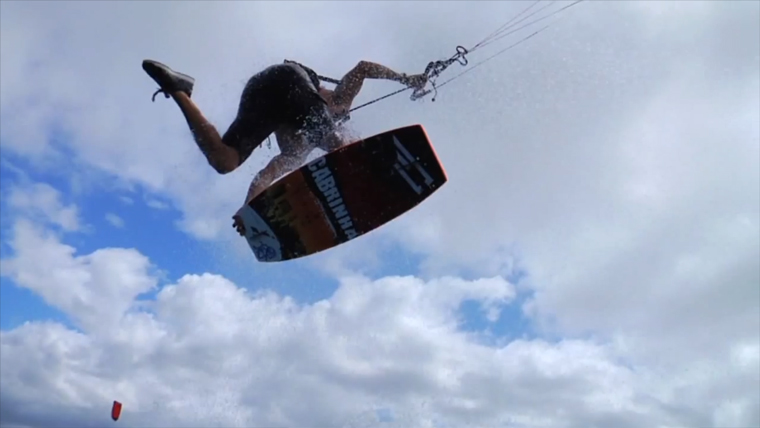
Jason Stone on a 2011 Cabrinha Convert.
Freeride kites
Let’s start with freeride kites. Now, these are often the most user friendly, some focus on big air like the Rebel while others are a bit more well rounded like the Cabrinha Switchblade or the North Evo. Some Freeride kites have an edge in the Waves like the Naish Pivot.
What you can expect out of kiteboarding kites like these are a very large wind range, often they ride upwind the best in their brands respective line up. They require the least amount of rider feedback to perform. Meaning they jump great even if you don’t quite have the skills yet. They also often ride up wind with the least amount of skill required too. This is because they are designed to make your life easier.
These kites are really fun as you can make the most out the worst conditions. They tend to have a damper more stable feel in gusty winds. Some better than other of course. What nice is that you can get out in more wind and less wind with the same size kite. Meaning less kites in your quiver.
Some freeride kites have such a great wind range people often only have two rather than three kites in there quiver. That said, most kites are not simply just freeride kites. They are usually all around kites with Freeride characteristics.
All around Kites
Now, here's where the lines get a little blurry. Most freeride kites actually fall into the all around category. This is why most kite reviews get so redundant, Oh this kite is good at big air, it relaunches great, it ride upwind amazing. Blah blah blah. I used to get really frustrated watching reviews because it seems like every kite does it all well. Actually this is true to a fault. Most modern kites are in fact designed to do it all really well. They just have certain strengths aimed at a particular rider and this is where confusion sets in.
For perspectives sake, the most user friendly freeride and big air all around kites that we carry would be the Cabrinha Switchblade, the North Evo, The Slingshot Rally, The Naish Pivot. In fact, a lot of light wind kites fall into this category like the Turbine, the Contra, The Juice and so on.
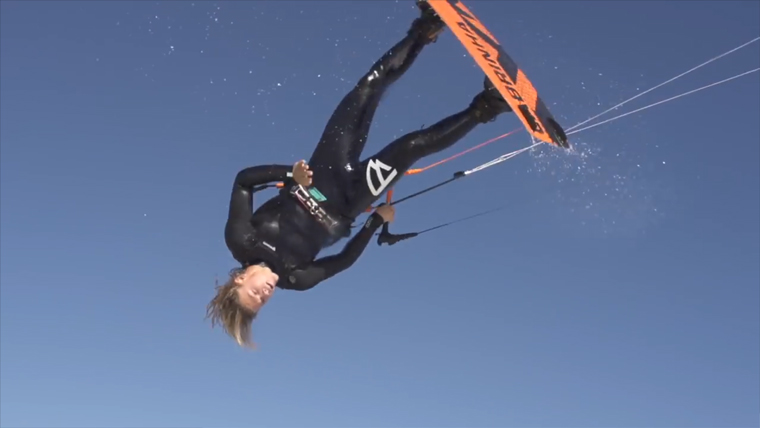
A common mistake is that you can't do it all with a freeride kite.
All Around Freeride Characteristics
The kites, while all different in their own regard, share attributes like a large wind range. They all jump effortlessly and they ride upwind effortlessly. They also have a lot of hang time, This means you’ll be in the air longer with kites like this.
They bridge into other categories like surf, wakestyle, freestyle, kite loops. It's important to remember, each all around kite will favor certain styles and attributes over the others. The Rebel has the most hang time and low end, in Contrast, the Cabrinha switchblade is a more versatile kite. The Naish Pivot Is faster than these kites and has an advantage in the waves. All that said, these kites are the reigning champions in their own line ups relation to the benefits associated with freeride kites.
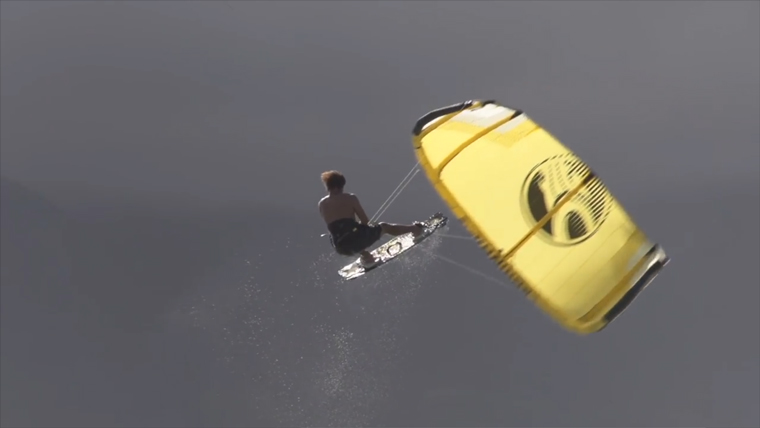
Nick Jacobsen proving that the Switchblade isn't just for beginners.
For the average rider honestly, all around freeride kites are more than good enough. Most people will never outgrow a kite like this. These kites are the easiest to learn on and the easiest to progress with. They are the most forgiving and they work on autopilot. Often when teaching, I have my students fly with their fingertips so they understand that the kite is designed to do most of the work for them.
All Around Freeride Tradeoffs
Now with all that said, there are tradeoffs. These kites do have a delayed feel. This creates for a disconnected feeling from your kite. While they do everything well, each brand has a kite that will cater to a niche of riding and outperform the all around kite. For example, wave kites. Cabrinha has the Drifter, North has the Neo, Slingshot has the Wave, Liquid Force has The Wow, Naish has the Slash. These kites are going to outperform the all around kites in the waves hands down. On an interesting side note, Most of these surf kites actually make for decent freeride kites! They favor the waves but with years of refinement many have bridged into the all around category.
All that said, All around freeride kites do it all well but there is going to be a kite that outperforms in all the different styles.
A Step Forward
It’s important to remember that not every all around kites is created equal. Some make small trade offs and take a step forward into the performance category. These kites tend to be faster, they perform better in certain styles, they are more suited to unhooking, kiteloops and cater to more aggressive riders. Yet, they don't quite quality as a crossover kite.
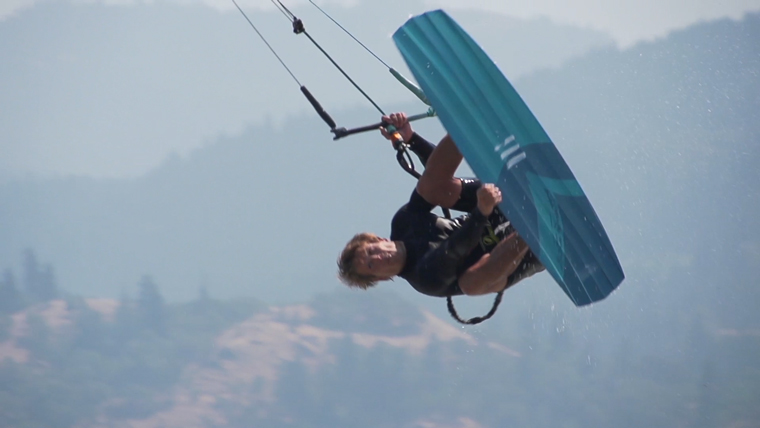
Brandon Scheid has been ripping Envy for years. While it's great for new riders, it's made to perform.
The Slingshot RPM, the Liquid Force Envy, or in 2017 the NV are good examples of this. They are still all around kites but they certainly don’t fly quite like a Switchblade or an Evo. They make small trade offs to cater to more advanced riders or riders who want a more reactive less delayed feeling kite.
Conversely, while they still ride upwind really easy they trade off some wind range and are catered to riders who might want to have a little more rider input into their kites. These two kites also cater a bit more to the unhooked rider.
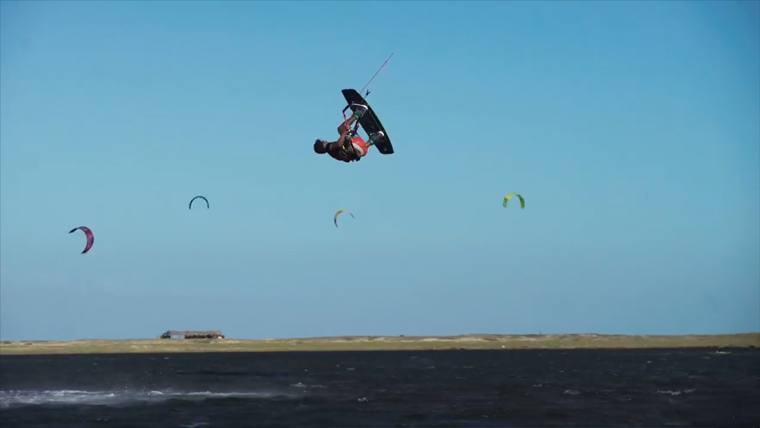
The Rpm was way ahead of the game and is approaching a decade of refinement.
All around step forward tradeoffs
Does this means, they don’t ride upwind or jump as well as their all around counterparts. Well, sort of... These kites just take a little more skill to accomplish these tasks, albeit not much more. They’re not as extreme as crossover kites or C kites.
It’s important to note that all of these kites have their own trade offs for each style of riding and they all stack up differently. As we move forward I’ll eventually do a comparison of every kite. This is going to take some time though.
We've taught kiteboarding lessons with both the RPM and the Envy for years. Point being, don't let the freestyle performance of these kites intimidate you.
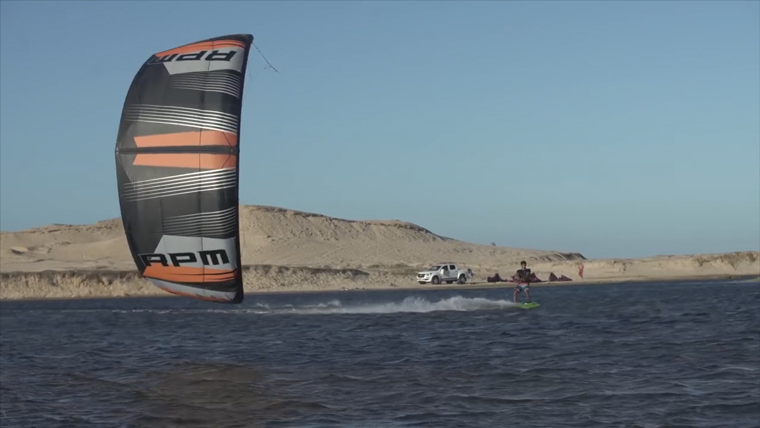
Crossover kites
Taking a step forward you’ll find the Crossover kites. These are designed to bridge the gap from all around freeride kites to performances freestyle kites. These kites are characterized by very fast turning speeds, they respond better to rider feedback and the jumps are aggressive.
They are made to perform. This means they are awesome for kite loops, they excel for unhooked freestyle or wakestyle riders. They are designed with maximum pop and slack in mind making handle passes easier. More importantly, in modern times, they have become user friendly. Meaning unlike early crossover kites like the Cabrinha Nomad, they will work for beginners.
Kites that fall into this category are the Naish Dash, The Cabrinha Fx, and The North Dice.
Now again, these are actually still all around kites. So reviews on these can also be frustrating as you’ll often hear the same pitch. Oh they do everything great! Well, yes they are designed to do everything but they are designed differently and cater to different needs. Namely, intermediate to advanced riders looking to up their game.
That said, unlike early crossovers kites, a new kiteboarder could use one of these. They would just forgo some of the benefits like the extended windrange, the auto pilot feel and jumps that don't require any timing.
Crossover Tradeoffs
The most common trade offs for cross over kites is that they simply don’t ride upwind as well as freeride kites. They also lack the lofty jumps you can expect from all around kites. They do however make up for it by being a lot more fun to fly. They cater to experienced riders from any style looking to push their riding to the next level.
Freestyle
Lastly, there are freestyle kites and niche kites like surf kites or big air kites. I’m bringing up niche kites with freestyle kites because, freestyle kites and C kites actually are niche kites.
Freestyle kites take all the attributes you can expect from crossover kites and multiply the good and the bad. I’ve actually done a full video called C-kites Vs Everything, where I break this down in detail. These are the no compromise, competition ready ultimate performance kites like the North Vegas, The Cabrinha Chaos, The Slingshot Fuel, The Naish Torch and so on.
The reason I call these Nich kites is they are designed to do one thing very well and not much else. Advanced riders often gravitate to these kites as nothing is going to perform like them but they can be quite unforgiving.
I should note that modern C-kites are more forgiving than their predecessors but I can say from experience, students learn monumentally faster on a freeride kite.
Other Categories
Moving into other niche categories some kites are made for big air, some kites are made for the waves. Some kites are made for hydrofoil boarding, others for racing. Let's not forget that there are a variety of light wind kites.
I’m not going to give specific examples of niche kites because it’s much harder to group these kites. Often with kites like this you’ll see a couple generations before a brand tries something new. Some are incredible, others forgettable. Many evolve into a staple in a brands line up. I’m curious to see what the next 5 years of development will bring us.
I hope you found this helpful. This can be a bit of a rabbit hole and I could have gone a bit more granular breaking down canopy styles, aspect ratios hybrids delta shapes and so on but I wanted to focus on the bigger picture with this blog.
If you have any questions about a particular kite give us a call at 800 622 4655.
 Ryan (Rygo) Goloversic
Ryan (Rygo) Goloversic
Many people dream of quitting their job, traveling the world and pursuing their passions. Rygo is one of those people who pulled the trigger. About eight years into a postal career, he decided to change everything and travel as a freelance videographer & writer. This took him from coast to coast and a variety of countries. Nowadays you can catch him on the phones, doing lessons, or working on videos. Of course, he still makes a point to travel as often as possible. He is passionate about helping people and sharing the stoke with his customers and students alike.
Recent Posts
-
North Navigator Pro Quick Release | How to Swap Yours Out With Ease
What You Need Before starting the replacement process, ensure you have all the necessary t …18th Apr 2024 -
Foil Drive | Essential Tips to Supercharge Your First Session
The Foil Drive makes your foiling life easier. You'll get up easier and catch more waves, …17th Apr 2024 -
2024 Duotone Slick Wing Review | What's New in This Year's Model?
The Duotone Slick has been a favorite of many for several years. Pros love it for its speed, …15th Apr 2024




